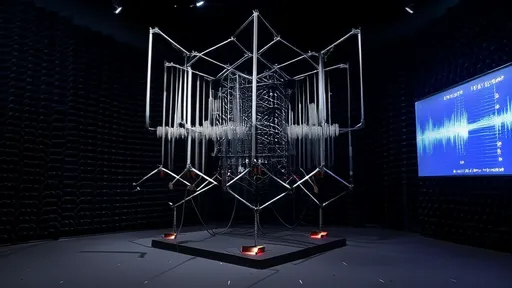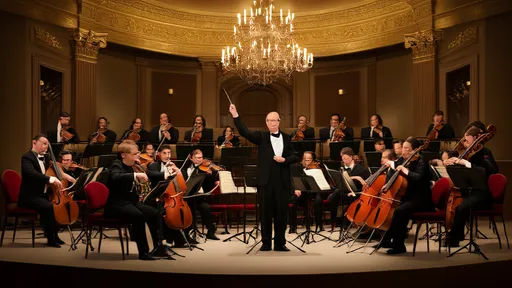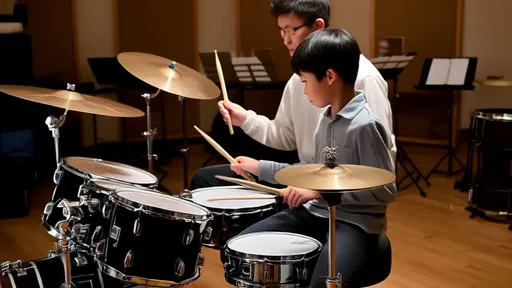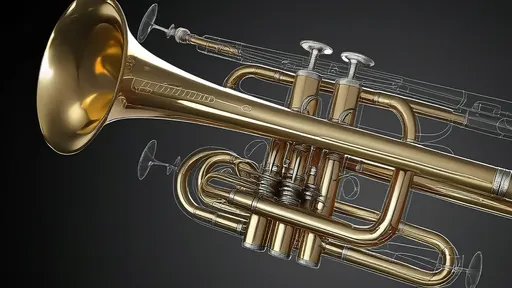The human voice is a remarkable instrument, capable of producing an astonishing range of sounds that convey emotion, meaning, and identity. At the heart of this ability lies a fascinating acoustic phenomenon known as formants—the resonant frequencies that give our voices their distinctive tonal qualities. These formants are not merely random frequencies but are shaped by the intricate interplay between our vocal cords, vocal tract, and the physical properties of sound waves. Understanding how formants are created reveals the beautiful complexity behind something as simple as speaking or singing.
When we produce sound, the vocal cords vibrate, creating a series of harmonics—multiples of the fundamental frequency (pitch). However, these harmonics alone do not account for the richness of human speech. The resonance chambers of our vocal tract—including the throat, mouth, and nasal passages—act as filters, amplifying certain frequencies while dampening others. The peaks in this filtered spectrum are what we call formants. Each vowel sound, for instance, is characterized by specific formant patterns that our brains recognize and interpret.
The first two formants, F1 and F2, are particularly crucial in distinguishing vowel sounds. F1 is primarily influenced by the height of the tongue—higher tongue positions lower F1, while lower tongue positions raise it. F2, on the other hand, is affected by the tongue's front-to-back placement. A forward tongue position raises F2, whereas a retracted tongue lowers it. This is why the vowel in "heed" has a high F2 (tongue forward and high), while the vowel in "hawed" has a low F2 (tongue back and low). The interplay of these resonances allows us to differentiate between "ee," "ah," and "oo" effortlessly.
Beyond vowels, formants also play a role in shaping consonants and even emotional expression. For example, a whispered voice lacks a fundamental frequency but retains formant structures, allowing us to recognize speech even without pitch. Similarly, singers manipulate their vocal tracts to emphasize certain formants, creating the resonant, carrying tones characteristic of operatic or belted singing. Even subtle emotional cues—like the brighter formants of a happy voice versus the dampened formants of sadness—are conveyed through these acoustic fingerprints.
The study of formants extends beyond linguistics and music into technology. Speech recognition systems, voice synthesis, and even forensic voice analysis rely on understanding and replicating these resonant frequencies. By decoding how the human vocal tract shapes sound, researchers can create more natural-sounding synthetic voices or identify individuals based on their unique formant patterns. This intersection of biology, physics, and technology underscores just how profound something as everyday as speech truly is.
In the end, formants are a testament to the elegance of human anatomy and acoustics. They transform the raw vibrations of our vocal cords into the nuanced sounds of language and song, allowing us to communicate, connect, and express ourselves in ways no other species can. The next time you speak or sing, consider the invisible symphony of resonances that make your voice uniquely yours.

By /Jul 25, 2025

By /Jul 25, 2025

By /Jul 25, 2025

By /Jul 25, 2025

By /Jul 25, 2025

By /Jul 25, 2025

By /Jul 25, 2025

By /Jul 25, 2025

By /Jul 25, 2025

By /Jul 25, 2025

By /Jul 25, 2025

By /Jul 25, 2025

By /Jul 25, 2025

By /Jul 25, 2025

By /Jul 25, 2025

By /Jul 25, 2025

By /Jul 25, 2025

By /Jul 25, 2025